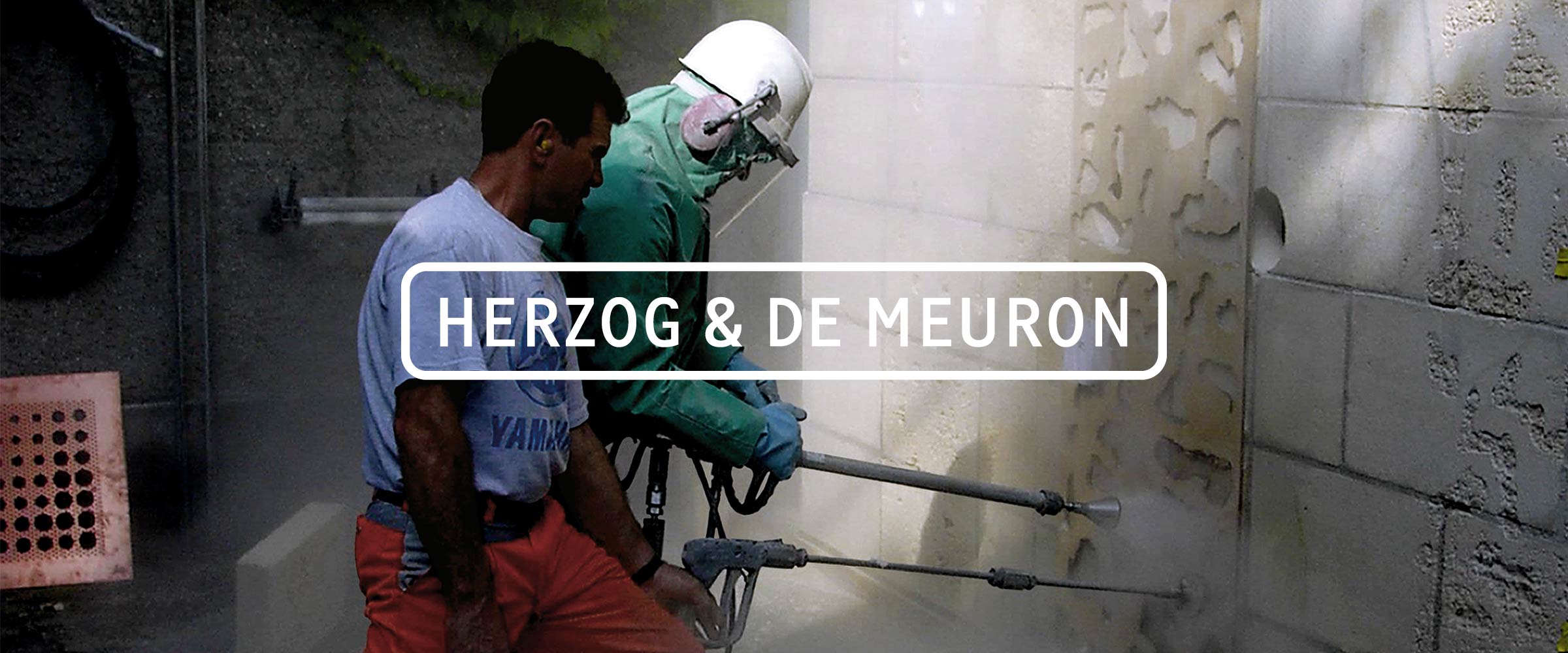We are not filling the exhibition area in the traditional way, with documentary records and pictures of our architectonic work. Instead, we regard exhibitions of architecture as an experimental field, allowing us to involve visitors in new ventures in a way that would otherwise be impossible.
Herzog & de Meuron
“No. 250” is an unusual architectural presentation. It concentrates not on separate projects or completed buildings, but on the creative process and the architects’ attitude. The key feature of Herzog & de Meuron is to approach the various assignments of any given project with a consistently open mind. This open-minded course is used to enter into a dialogue with the context, make it a part of the work and react to it. It is the combination of unrestricted interchange with the outside world and concentration on a particular project that ultimately gives each of their buildings its specific and distinctive appearance.
The exhibition offers an insight into the architects’ workshop and assembles a wide variety of objects, origins of transformations, manifestations of the arduous task of seeking and finding that eludes representation. These are artefacts embodying the nonmaterial process of thinking, learning and development. Some are ordinary objects, some are sophisticated models – but they never claim an artistic aura. They are merely the evidence of the intellectual quality of what is ultimately built, but these indications are often of unique and surprising beauty.
The assembly of this wide variety of objectsand materials, from mock-ups to video images of completed buildings, creates a temporary reality in the exhibition rooms. It reflects the real projects and at the same time it is something different, illustrating the immaterial energy of architectonic creation. Herzog & de Meuron see an exhibition as a process of making something, not just of assembling and displaying items. Video sequences by the Swiss artist Zilla Leutenegger, the Chinese artist Ai Wei Wei, and the Milan-based photographer Armin Linke focus on buildings in use. These perspectives establish ties between workshop items and existing buildings all over the world.
The exhibition does not focus on self-contained projects or completed buildings, but on the creative process itself and the architects’ attitude. Ranging from the early work of the young architects twenty-five years ago to the more recent, still ongoing major projects from Basel to Bejing, the exhibition provides an insight into the architects’ workshop.

